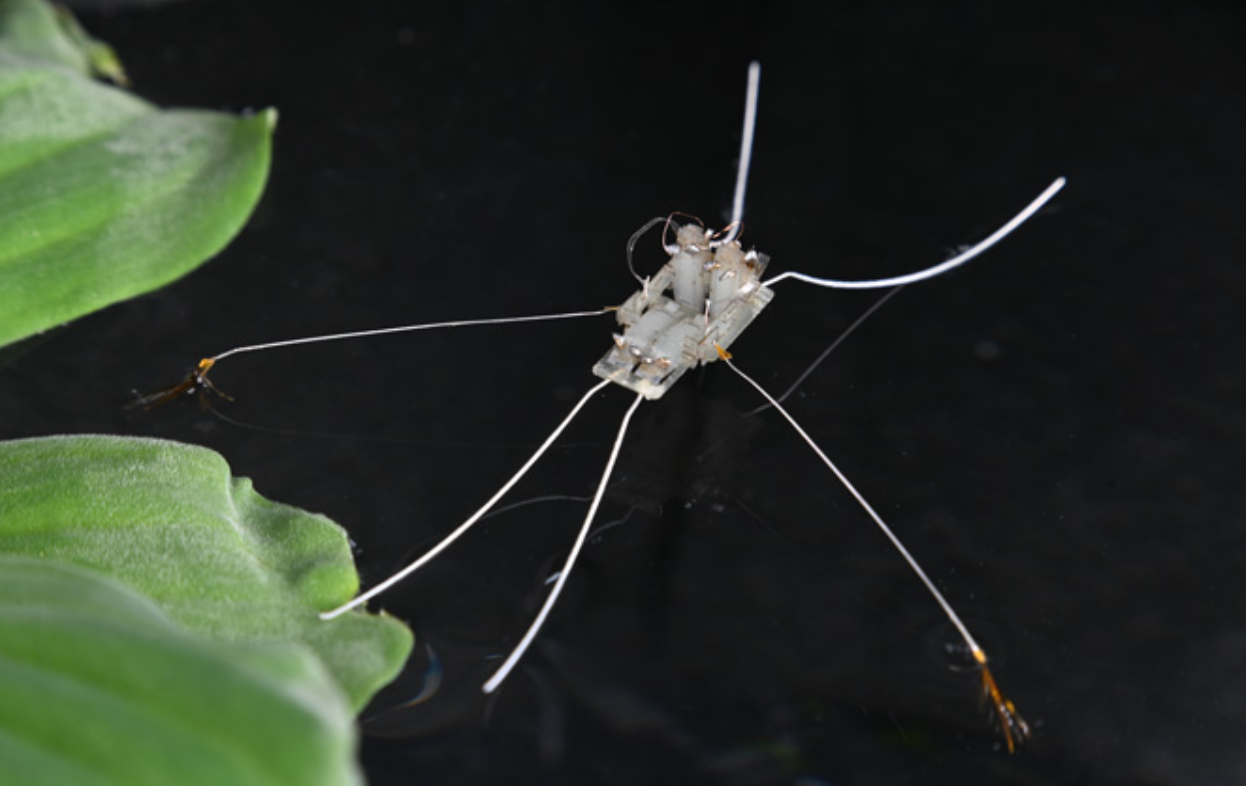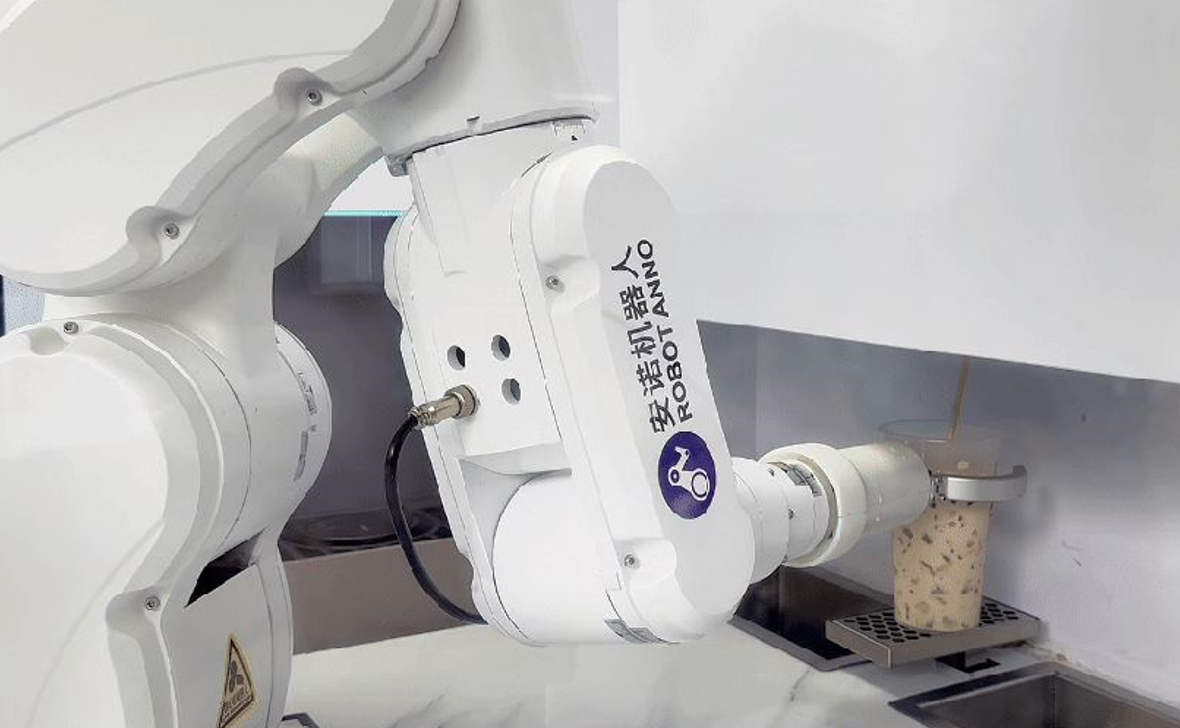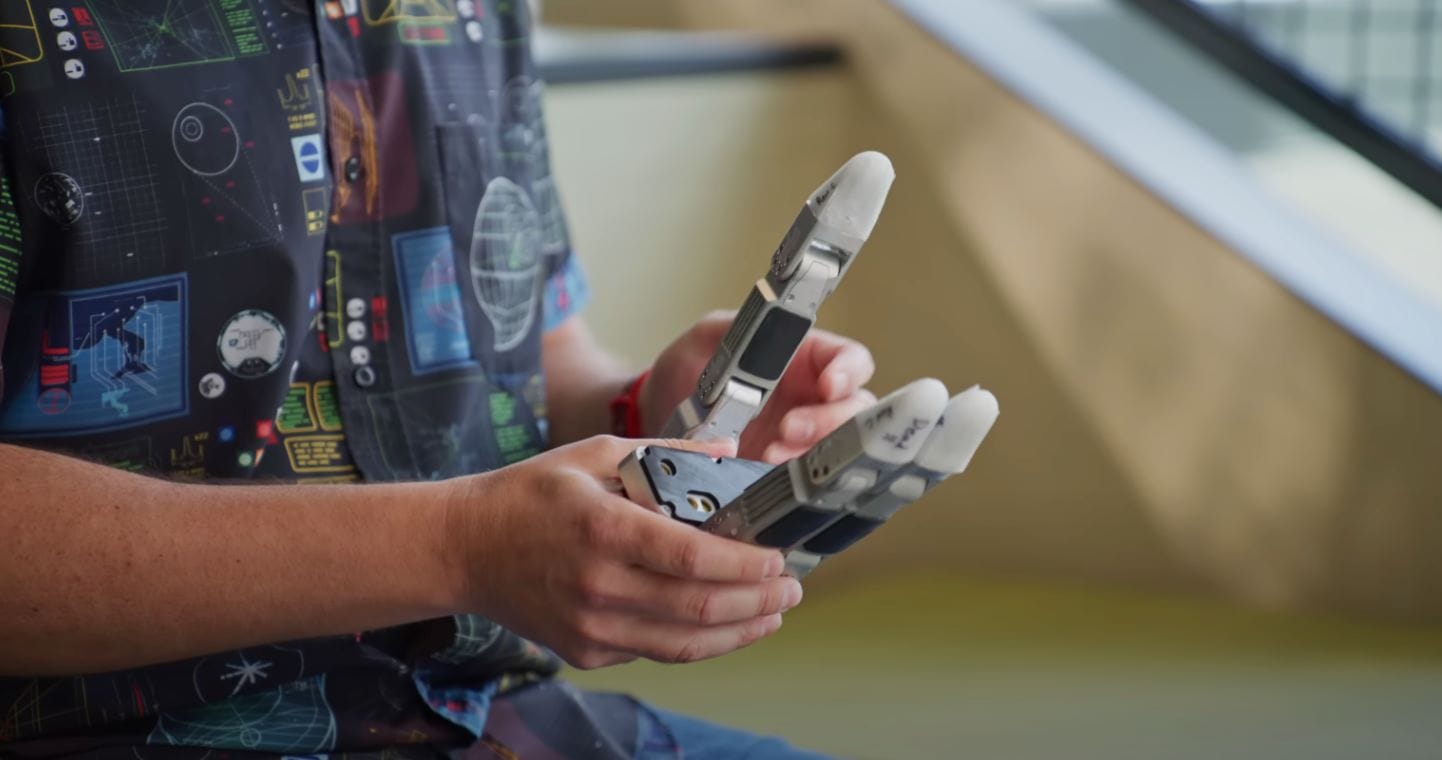🤖 Unitree H2 Gives Humanoids a Face

Good Morning, Roboticists!
China’s humanoid race just leveled up. Unitree’s new H2 doesn’t just move like a human—it looks back at you.
NEW LAUNCH
Unitree H2 Gives Humanoids a Face
📌 What’s happening: Unitree just unveiled the H2: a 180 cm, 70 kg bionic humanoid that walks, punches, and side-kicks like it trained at a Shaolin gym. Beyond the motion control upgrades, the big shift is aesthetic and symbolic — for the first time, Unitree’s humanoid has a face. Lidar eyes and a biomimetic camera give it 360° awareness and an unsettling dose of presence.
🧠 How this hits reality: Forget “cute dog bots.” Unitree’s now auditioning for the human economy. A face means front-of-house work, social robotics, and psychological acceptance — the next budget line after logistics. The mechanical grace is real, but the real test is cultural: once you give a machine a face, people start expecting it to mean something.
🤖 Key takeaway: When a factory robot grows a face, it’s not trying to look human — it’s trying to get promoted.
NEW LAUNCH
Agibot G2 Passes the Egg Test

📌 What’s happening: At its launch demo, China’s Agibot G2 did what most humanoids still fake on video: it picked up a raw egg, rotated its wrist, and set it down uncracked. The trick lies in its world-first cross-shaped force-controlled arm—packed with high-precision torque sensors that read micro-forces in real time and self-adjust motion within milliseconds. Add a 3-DOF waist, omnidirectional movement, and 2070 TFLOPS of onboard compute from NVIDIA’s Jetson Thor T5000, and you get a robot that can move like a craftsman, not a crane.
🧠 How this hits reality: The egg demo isn’t PR—it’s proof of force sensitivity precise enough for electronics assembly and material handling where failure costs money. The G2 blends tactile awareness with local multimodal AI, running vision, planning, and execution entirely on-device. It’s the kind of refinement that turns “industrial automation” into embodied intelligence.
🤖 Key takeaway: If a robot can cradle an egg without cracking it, it can cradle an industry without breaking it.
BIOMIMETIC
When Bugs Teach Bots to Surf

📌 What’s happening: Researchers studying the ripple bug (Rhagovelia obesa) found that its frilly foot fans open and close automatically using elastocapillary forces—no muscles required. The discovery led to a small robot that can glide, turn, and dart across water faster and smoother than any previous design, as reported in Science.
🧠 How this hits reality: Forget motors and servos—nature’s micro-mechanics just beat every actuator lab. Capillary-driven feet mean lightweight, self-adapting robots that could scout floods, rivers, or contamination zones without draining power. The bug’s trick isn’t speed; it’s efficiency. Engineering teams chasing aquatic autonomy now have a new rulebook written by surface tension.
🤖 Key takeaway: Sometimes the smartest robotics lab is a muddy riverbank with really weird insects.
QUICK HITS
- Roborock Saros Z70 is a robot vacuum with a sci-fi arm that cleans well and looks impressive but barely lifts a thing.
- Romania’s .lumen secures €11M grant to develop humanoid and quadruped robots for autonomous urban delivery.
- Banana-selling robots debut in Chicago grocery stores, turning supermarket aisles into test labs for retail automation.
- Intuitive opens the UK’s largest robotic-assisted surgery training centre to expand da Vinci system access and upskill thousands of surgeons.
- Innovate UK launches AgriScale pilot to boost agri-tech manufacturing, helping five robotics and automation firms scale production across the UK.
TOGETHER WITH US
AI Secret Media Group is the world’s #1 AI & Tech Newsletter Group, boasting over 2 million readers from leading companies such as OpenAI, Google, Meta, and Microsoft. Our Newsletter Brands:
- AI: AI Secret
- Tech: Bay Area Letters
- Robotics: Robotics Herald
We've helped promote over 500 Tech Brands. Will yours be the next?
Email our co-founder Mark directly at mark@aisecret.us if the button fails.

